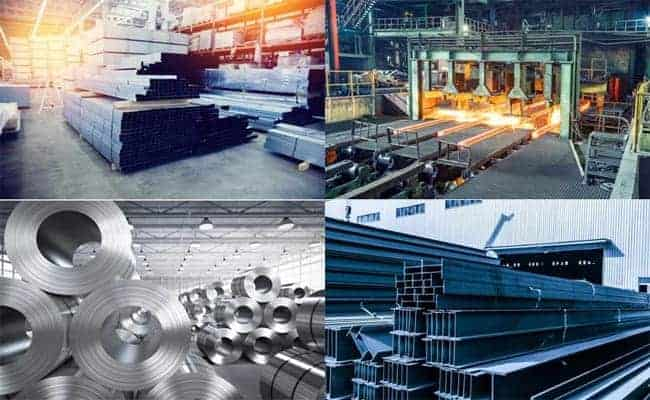Innovations in TMT Technology: Enhancing Strength and Durability
In the realm of construction materials, Thermo-Mechanically Treated (TMT) bars have emerged as a pivotal component, providing the necessary strength and durability to withstand the demands of modern infrastructure. Over the years, significant strides have been made in TMT technology, resulting in innovations that elevate the performance and reliability of these crucial construction elements.
TMT manufacturers in India leverage state-of-the-art facilities and cutting-edge processes to ensure the highest quality standards. This blog explores the latest innovations in TMT technology, shedding light on how they contribute to enhancing the strength and durability of structures.
1. Microalloying for Superior Strength:
One notable innovation in TMT technology involves the use of microalloying elements such as vanadium, niobium, and titanium. These elements are added in precise quantities during the manufacturing process to enhance the strength and toughness of the TMT bars.
Microalloying contributes to the formation of fine-grained structures, preventing the growth of coarse grains that can compromise the material's integrity. The result is TMT bars with improved strength, allowing for the construction of structures that can withstand higher loads and stresses. In the competitive landscape of steel manufacturing companies in India specializing in TMT bars stand out for their commitment to research and development.
2. Quenching and Self-Tempering Process:
The quenching and self-tempering process is a cornerstone of TMT manufacturing, and recent innovations in this area have further refined the mechanical properties of TMT bars. This process involves rapid cooling of the bars after the hot-rolling stage, followed by self-tempering, which imparts a unique combination of strength and ductility.
Innovations in the quenching and self-tempering process have led to TMT bars with more uniform hardness and enhanced structural integrity, ensuring superior performance under various construction conditions. The role of TMT bars in India has become increasingly prominent.
3. Thermo-Mechanical Processing Control:
Advancements in thermo-mechanical processing control have played a pivotal role in optimizing the mechanical properties of TMT bars. By precisely controlling the temperature and deformation during the manufacturing process, manufacturers can tailor the microstructure of the bars to meet specific performance requirements.
The structural steel manufacturers in India, including those specializing in TMT bars, adhere to stringent quality standards. This level of precision allows for the production of TMT bars with consistent and predictable mechanical properties, ensuring uniform strength and durability across the entire structure.
4. Corrosion-Resistant Coatings:
Corrosion is a significant concern in the longevity of structures, especially in challenging environments. Innovations in TMT technology include the development of advanced corrosion-resistant coatings that provide an additional layer of protection against rust and deterioration.
One of the leading TMT manufacturers in India, Aone, has been at the forefront of revolutionizing the construction industry. These coatings not only enhance the aesthetic appeal of the TMT bars but also significantly extend their lifespan, reducing maintenance costs and ensuring the long-term durability of the structure.
5. High Ductility for Seismic Resistance:
In regions prone to seismic activity, the ductility of construction materials becomes paramount. Recent innovations in TMT technology have focused on enhancing the ductility of TMT bars, making them more resistant to seismic forces.
High ductility allows TMT bars to deform without catastrophic failure during an earthquake, dissipating energy and protecting the overall structural integrity of buildings. This innovation is particularly crucial in ensuring the safety of occupants and minimizing damage in seismic-prone areas. TMT manufacturers in India have responded to this demand by providing innovative solutions that go beyond conventional building practices.
6. Digital Monitoring and Quality Control:
The integration of digital monitoring and quality control systems in TMT manufacturing processes represents a significant innovation in the industry. Real-time monitoring of various parameters allows manufacturers to ensure consistency and quality throughout the production cycle.
TMT bars in India are widely acknowledged for their superior strength and flexibility. Digital technologies enable precise control over critical factors, such as temperature and deformation, leading to TMT bars with reliable and uniform properties.
CONCLUSION:
Innovations in TMT technology continue to redefine the standards for strength and durability in construction materials. From microalloying for superior strength to advanced corrosion-resistant coatings and digital monitoring systems, these innovations collectively contribute to the production of TMT bars that meet the evolving demands of modern infrastructure.
As we delve into the realm of construction materials, the significance of TMT bars in India, cannot be overstated. As the construction industry embraces these advancements, the result is structures that not only stand tall but also endure the test of time, providing a solid foundation for a resilient and sustainable future.





Comments
Post a Comment